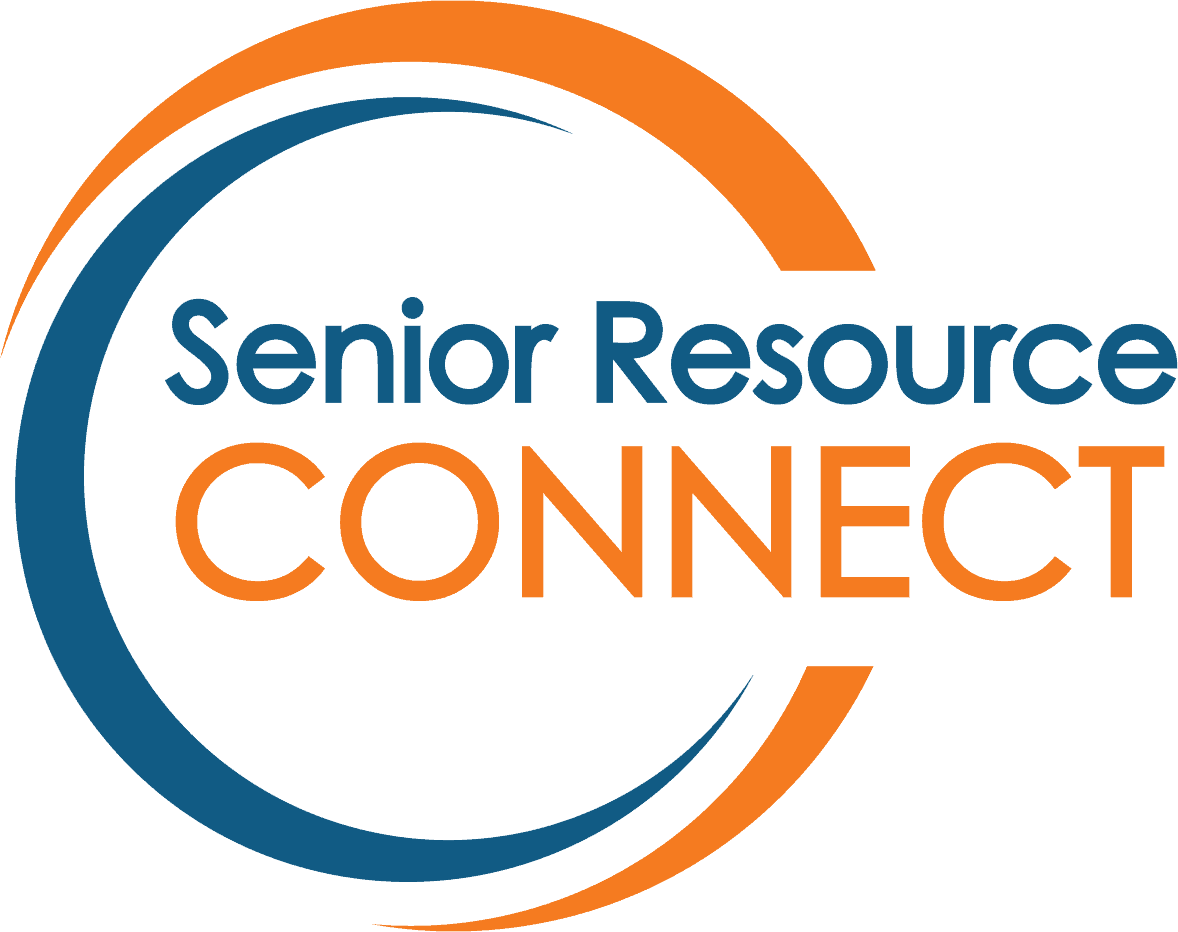June is both national safety month and national elder abuse awareness month. June 15 is also World Elder Abuse Day. The term “safety” might make us think about fall prevention and medication risks, but there is more to staying safe than focusing on medical markers. Older adults can be abused in a number of ways and, unfortunately, it usually happens under their nose.
What is it?
While there’s no one definition of elder abuse, it’s generally agreed that elder abuse involves harming older adults in a number of ways:
Physical– harming or causing injury to an older or vulnerable adult
Emotional– causing emotional distress to the older adult. This can include yelling/threatening, isolating the adult from their support system, or humiliating them
Sexual– any form of sexual activity without the older adult’s consent, including coercing the older adult into consenting
Exploitation/Financial– misuse or theft of money from an older adult. Scams also fall into this category.
Neglect– when a person (e.g., caregiver) fails to provide a dependent adult in their care with necessities, such as food and shelter.
Self-Neglect– when a person (in this case an older adult) fails to keep up with essential tasks associated with taking care of themselves (e.g., taking medication, basic hygiene, etc.)
Abandonment– leaving a dependent older adult alone for long stretches of time without taking their needs into account (e.g., leaving an elderly parent home alone while at work)
Confinement– restraining an older adult outside of medical necessity
Willful Deprivation– purposely denying a dependent adult the necessities they need to remain safe (e.g., food, water, medication), thereby exposing them to the risk of physical or emotional harm.
Risk Factors
- Social isolation/not having social supports
- Mental impairment (e.g., Alzheimer’s Disease)
- Poor physical or mental health
- Having experienced trauma
- Low income or poverty
- Lack of support for the caregiver
- Substance abuse by the caregiver
Signs that something’s wrong
- Physical markers (e.g., bruises, broken bones, bedsores, etc.)- especially around the genitals or breasts
- The older adult suddenly becoming socially withdrawn and/or stop participating in activities they used to enjoy. The older adult may also show symptoms of depression
- The older adult appearing to have deteriorated hygiene and/or is losing weight
- Difficulty sleeping
- Frequent disagreements, especially with caregiver
- Suddenly begins threatening others
- Change in the older adult’s financial situation
What should you do if you suspect abuse?
- Call Adult Protective Services: (855) 444-3911
- Call the Long-Term Care Ombudsman: 1-866-485-9393
- If the older adult is in immediate danger, call 911
Click here to learn more about making the call and what to expect.
We can all take part in creating communities that are safe and inclusive for aging adults. Take the Ahead of the Curve Caregiver Training and learn how to identify at risk older adults in your community and refer them to the assistance they need. The training is broken into five short videos. At the end of the training you can request your completion certificate.






